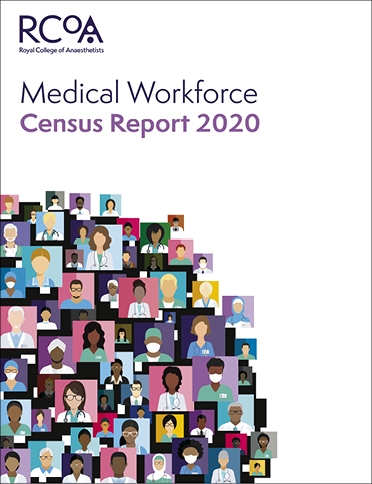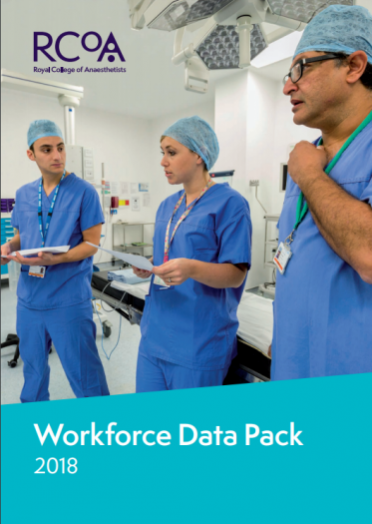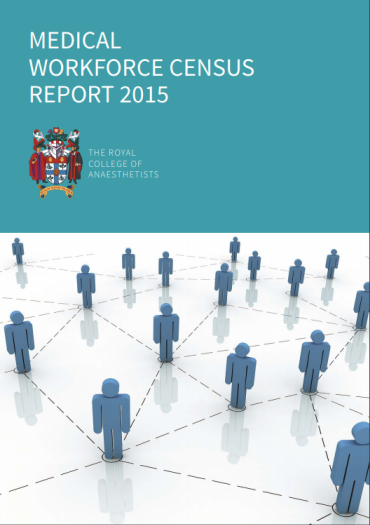Workforce planning
Medical Workforce Census Report 2020
The previous college workforce census was conducted in 2020, this is delivered on a 5 yearly cycle. The Medical Workforce Census Report 2020 is our most recent report on the state of the anaesthesia workforce UK wide, we look forward to carrying out the next census.
Please see the main summary of findings and full report here
The state of the UK workforce
In recent years workforce has been placed at the front and centre of the NHS agenda and at the college. We have seen challenging times in the shortage of staff, the ageing population and the changes to pension taxation, whilst adapting to workforce issues on the political landscape.
The work we do
The College recognises that active participation in workforce issues is a vital part of our work in dealing with these challenges and ensuring safe high-quality patient care and training environments. Therefore the work we do involves:
- collating robust data and intelligence through studies, research, surveys and censuses
- engagement with stakeholders through open, transparent communication for sharing of information and data with the view to support, inform and educate
- responding to workforce related consultations to NHSE, Migration Advisory Committee, House of Lords Select Committee
- supporting regional engagement events
- supporting active recruitment and retention initiative
- ensuring there is College representation at high profile workforce meetings with officials
Workforce Committee (WC)
The purpose of the Workforce Committee is to consider, monitor and review all aspects of workforce planning to inform and help guide national workforce strategy in anaesthetics and critical care at all levels. Through the staff, members of the Committee and via College representatives, the Committee will, where appropriate, liaise and engage with national bodies, regional groups and networks to influence a sustainable, long-term approach to anaesthetic, critical care and pain medicine workforce planning, provision and wellbeing across the UK that supports patients and is fit for the future.
Sources of data
The College has gathered timely, accurate and locally sourced data via regular workforce censuses, surveys and other data sources. These data is used to enable effective decision making and influence key external stakeholders such as NHSE, national policy makers and parliamentary ministers.
To find out more about our data and reports please see our sources of data below.



